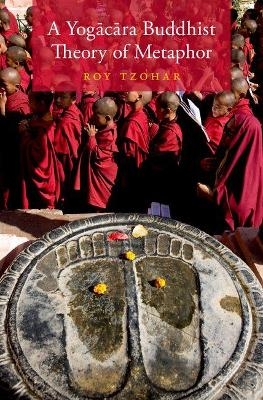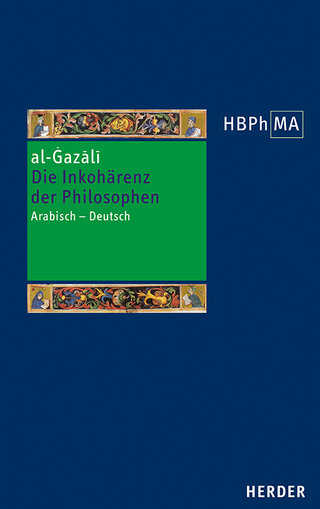
A Yogācāra Buddhist Theory of Metaphor
Oxford University Press Inc (Verlag)
978-0-19-066439-8 (ISBN)
Buddhist philosophy is fundamentally ambivalent toward language. Language is paradoxically seen as both obstructive and necessary for liberation. In this book, Roy Tzohar delves into the ingenious response to this tension from the Yogācāra school of Indian Buddhism: that all language-use is metaphorical. Exploring the profound implications of this claim, Tzohar makes the case for viewing the Yogācāra account as a full-fledged theory of meaning, one that is not merely linguistic, but also applicable both in the world as well as in texts.
Despite the overwhelming visibility of figurative language in Buddhist philosophical texts, this is the first sustained and systematic attempt to present an indigenous Buddhist theory of metaphor. By grounding the Yogācāra pan-metaphorical claim in a broader intellectual context, of both Buddhist and non-Buddhist schools, the book uncovers an intense philosophical conversation about metaphor and language that reaches across sectarian lines. Tzohar's analysis radically reframes the Yogācāra controversy with the Madhyamaka school of philosophy, sheds light on the Yogācāra application of particular metaphors, and explicates the school's unique understanding of experience.
Roy Tzohar is a Senior Lecturer in the East and South Asian studies Department at Tel Aviv University.
Acknowledgments
Abbreviations
Introduction
1. What do Buddhists have to say on figurative language?
2. A bit of methodology: on determining the relevant textual field and handling intertextual-borrowing.
3. An Outline
PART 1
Chapter I
Metaphor as Absence:
The case of the Early Nyaya and Mimamsa.
Chapter II
Metaphor as Perceptual Illusion:
Figurative Meaning in Bhartrhari's Vakyapadiya
PART 2
Chapter III
It's a Bear... No, It's a Man... No, it's a Metaphor!
Asanga on the Proliferation of Figures
Chapter IV
The Seeds of the Pan-Figurative View:
Metaphor in Other Buddhist Sources
PART 3
Chapter V
What It All Comes Down To:
Sthiramati's Pan-Metaphorical Claim and Its Implications
Chapter VI
Conversing With a Buddha:
The Yogacara Conception of Linguistic and Perceptual Meaning
as a Means for Overcoming Incommensurability
Conclusion:
The Alterity of Metaphor
Appendix A:
Translation and exposition of Vakyapadiya 2.250-256
Appendix B:
A Running translation of the Vakyapadiya 2.285-2.297
References
Index
| Erscheinungsdatum | 12.06.2018 |
|---|---|
| Verlagsort | New York |
| Sprache | englisch |
| Maße | 239 x 157 mm |
| Gewicht | 499 g |
| Themenwelt | Kunst / Musik / Theater ► Kunstgeschichte / Kunststile |
| Geisteswissenschaften ► Philosophie ► Östliche Philosophie | |
| Geisteswissenschaften ► Philosophie ► Sprachphilosophie | |
| Geisteswissenschaften ► Religion / Theologie ► Buddhismus | |
| ISBN-10 | 0-19-066439-8 / 0190664398 |
| ISBN-13 | 978-0-19-066439-8 / 9780190664398 |
| Zustand | Neuware |
| Haben Sie eine Frage zum Produkt? |
aus dem Bereich


